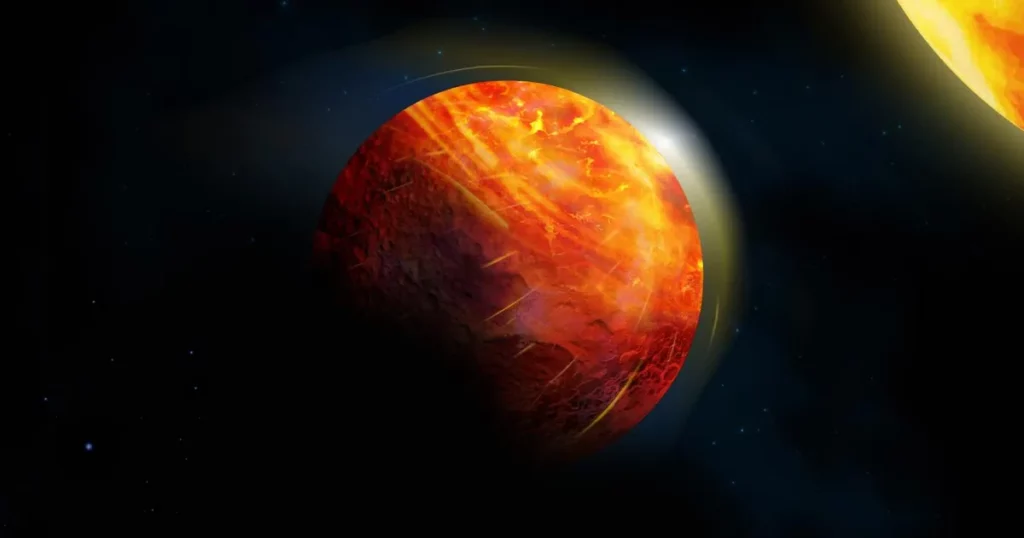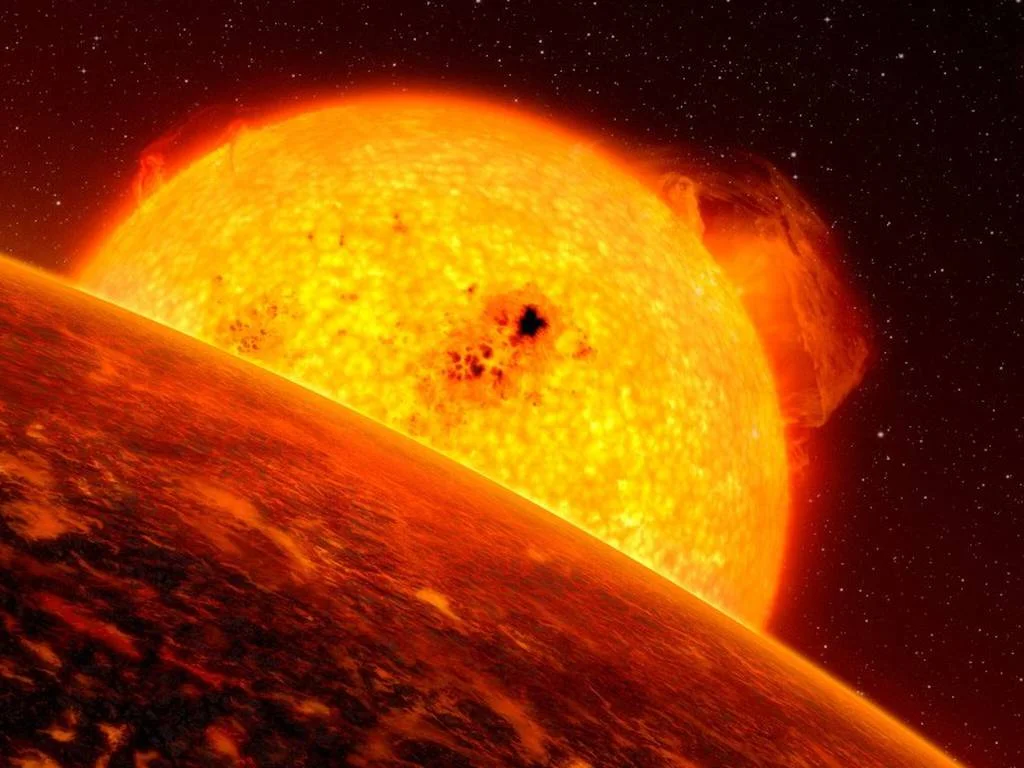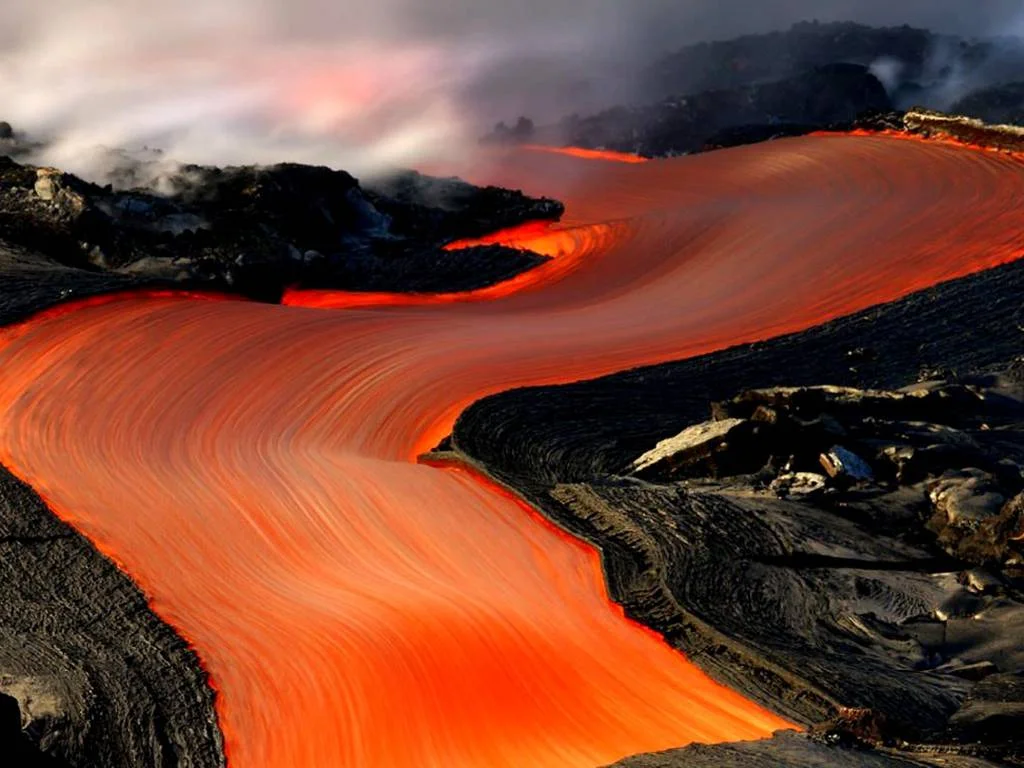Have you ever wondered what it would be like to live on a planet where the weather is so extreme that it rains rocks and the oceans are made of lava?

Table of Contents
Well, you don’t have to imagine anymore, because astronomers have found such a planet, and it’s called K2-141b.
The ‘Hell Planet’ K2-141b
K2-141b is an exoplanet, which means it orbits a star outside our solar system. It was discovered in 2018 by NASA’s Kepler space telescope, and it is located about 200 light-years away from Earth. K2-141b is about the same size as Earth, but that’s where the similarities end.
K2-141b is classified as a lava planet, because it is so close to its host star that its surface is mostly covered by molten rock. The planet has a very short orbital period of only 6.5 hours, which means it completes one revolution around its star in less than a third of a day. This also means that the planet is tidally locked, which means that one side always faces the star and the other side always faces away.
The Day Side and the Night Side

The day side of K2-141b is exposed to intense radiation from its star, which heats up the surface to over 3000 degrees Celsius (5400 degrees Fahrenheit). This temperature is hot enough to melt and vaporize rocks, creating a thin atmosphere of rock vapor. The atmosphere is mostly composed of sodium, silicon monoxide, and silicon dioxide, which are common minerals found in rocks.
The night side of K2-141b is shrouded in darkness and coldness, with temperatures dropping to -200 degrees Celsius (-328 degrees Fahrenheit). The night side has no atmosphere, and it is covered by solidified lava that forms a rocky crust.
The Rock Cycle
K2-141b has a very unusual weather cycle that involves rocks instead of water. On the day side, the rock vapor rises up into the atmosphere and is carried by supersonic winds to the night side. There, the rock vapor condenses and falls back to the surface as rock rain or snow. The rocks then accumulate on the night side and form rivers and oceans of lava that flow back to the day side. This cycle repeats itself over and over again, slowly changing the shape of the planet.
The Future of K2-141b
K2-141b is one of the most extreme planets ever discovered, and it offers a rare glimpse into the early stages of planetary evolution. Scientists believe that all rocky planets, including Earth, started off as molten worlds but then rapidly cooled and solidified. K2-141b may be an example of a planet that has not yet reached this stage.

However, K2-141b may not remain as it is for long. According to computer simulations, the lava oceans on the planet are slowly eroding the rocky crust on both sides of the planet. Eventually, this may lead to a global magma ocean that covers the entire surface of K2-141b.
Scientists are eager to learn more about K2-141b and other lava planets. They hope to use data from existing and future space telescopes, such as the Spitzer Space Telescope and the James Webb Space Telescope, to confirm their predictions about K2-141b’s atmospheric and surface conditions. By studying these exotic worlds, scientists may gain new insights into how planets form and evolve in different environments.

